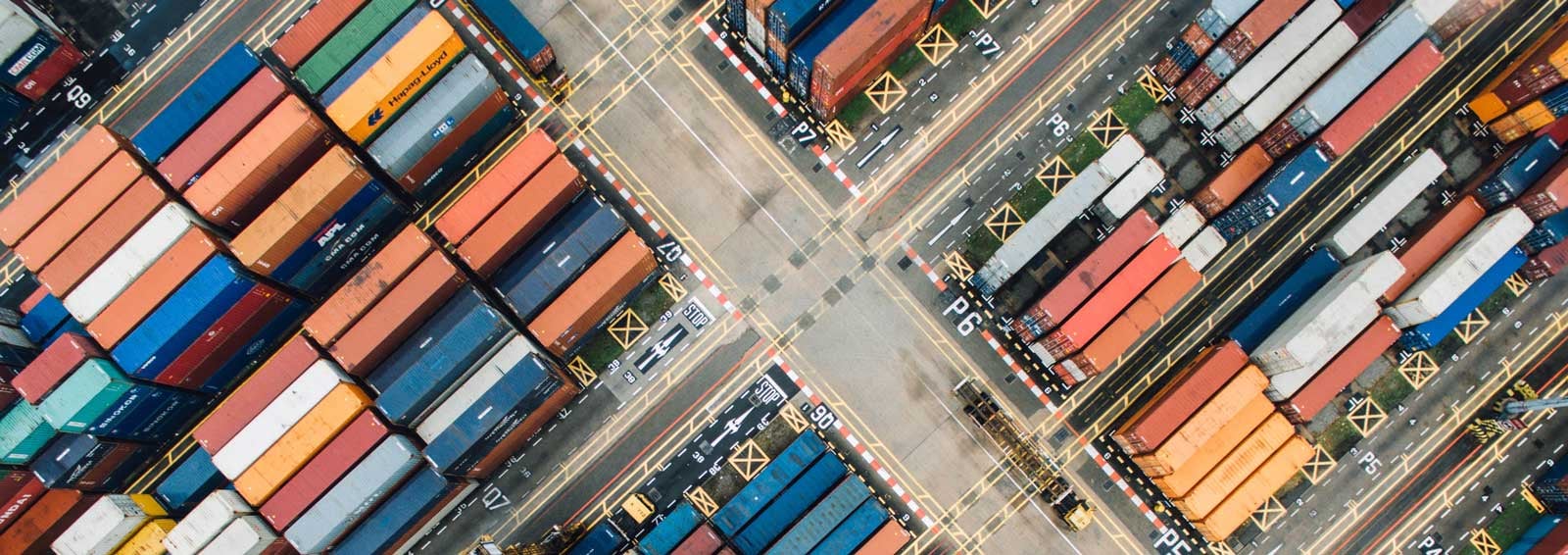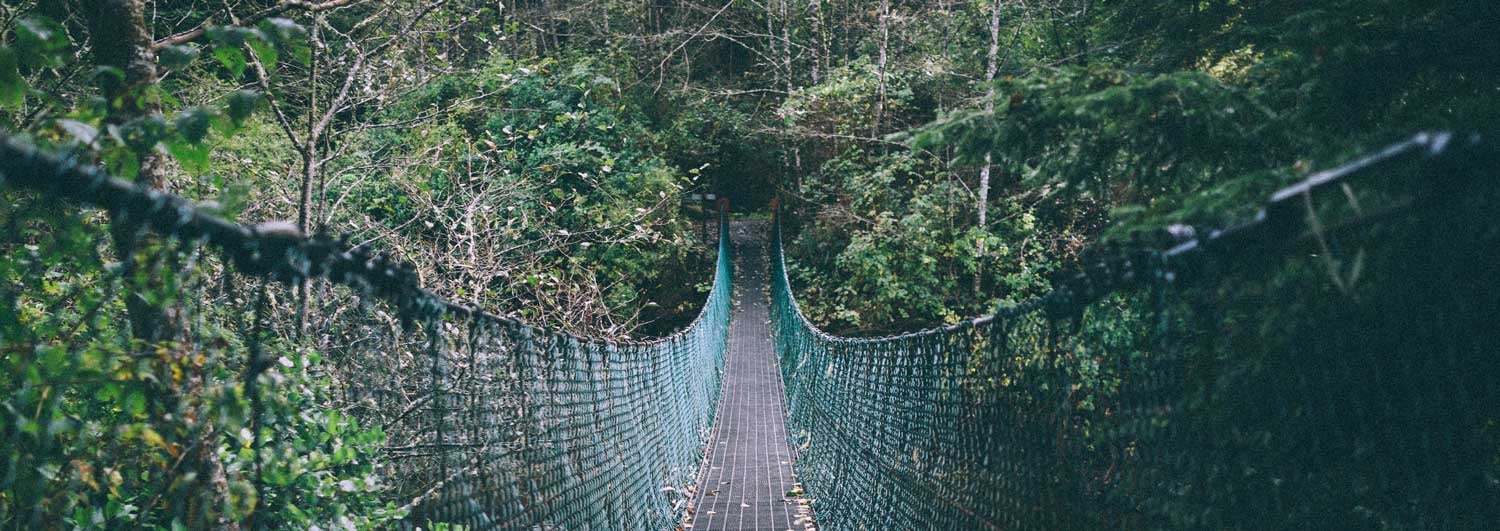We have all been seeing and talking about the recent frost that hit Minas Gerais last week. Analysts are already making predictions of the damage to next year’s crop, saying that anything from 3.5 million up to 7 million bags will be lost. Such news increases speculation and volatility. One might think producers are happy with the price increase, but they are mostly concerned.
Yesterday we spoke to Sérgio Brás Regina, agronomical engineer and technical coordinator at EMATER (Technical Assistance and Rural Extension Enterprise) in Minas Gerais. He urged caution and say people should be wary of “fake news”. “We need between 20 and 30 days to be able to evaluate the damage caused by a frost. A preliminary survey shows that more than 20% of the state of Minas is affected but it is premature to talk about how many bags will be lost next year.”
The extent of the damage varies a lot from region to region and farm to farm. There are plots in Mantiqueira de Minas, for example, that reported 1% of damage. Others, in the lowland region near Alfenas, reported 30%. In Cerrado, 20% of the area was hit. Technicians are now evaluating how the plants were affected as well-nourished ones tend to bounce back and the greatest risk is posed to young trees, which will likely die. EMATER is conducting a survey on 800 municipalities where they have offices and will soon release the results.
A new cold front approaches de Centre-South region of Brazil today and there is a risk of a new frost from this Thursday to Saturday. The coming frost may be similar in intensity to last week’s but we will only know for sure when it hits. The states most at risk are São Paulo and Paraná. No snow is expected to hit coffee farms. “It is not a time for scaremongering and panic,” says Regina, warning speculators take advantage of such moments for profiteering and that farmers are vulnerable due to having less coffee to sell.
“This spike in prices… Of all this money, little goes to the small farmer’s pocket. Producers who can hold coffee to sell at higher prices are the bigger ones. However, the Brazilian coffee sector is formed mainly of family-owned farms. They have financial commitments, need to buy inputs, have coffees locked in futures or are paying for machinery in bags of coffee priced long ago. We are also in a scenario of increasing production costs. Potassium is scarce and highly expensive. Electricity has gone up and petrol reached levels never seen before. It is a worrying time for Brazilian farmers.”
We will keep updating roasters on frost news from the ground (not just from analysts) over the next weeks, so make sure to subscribe to our newsletter.
If you want to learn in-depth what is happening in Brazil right now and how that is affecting coffee, join us on the 12th of August for a webinar with SanCoffee, a small cooperative in Santo Antonio do Amparo. We will discuss the recent weather events, their impact on productivity and the quality of coffee.





Let Us Know What You Thought about this Post.
Put your Comment Below.